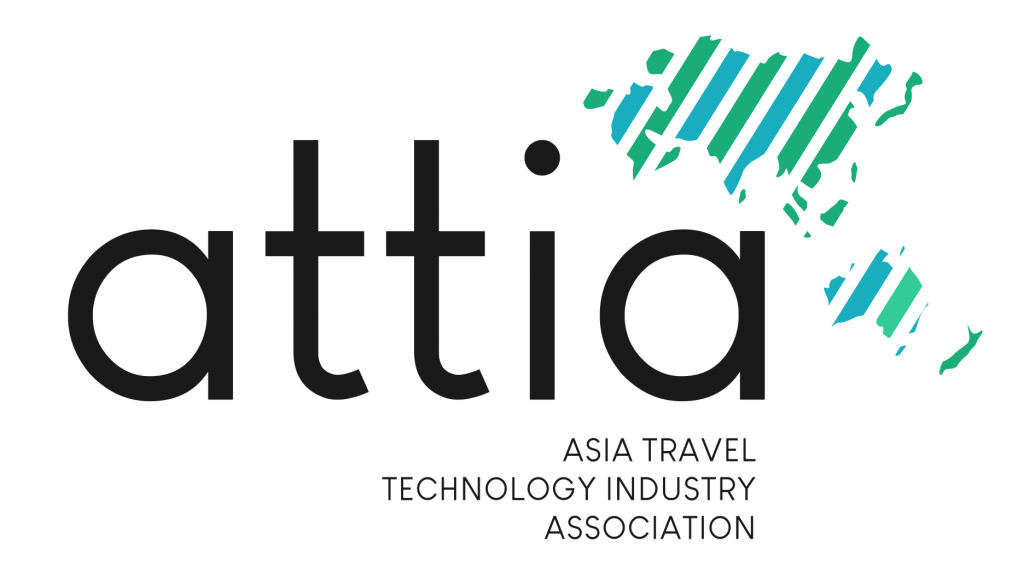The Covid-19 pandemic brought the entire world to a halt in 2020, with many damaging consequences still taking place in 2021. One of the industries suffering the biggest hits has been the travel and tourism sector, with global travel and tourism plummeting US$4.7 trillion in 2020, representing a loss of 4.9% of the global economy, according to the World Travel and Tourism Council. With the emergence of the Omicron variant, the economic impact on the travel and tourism sector looks set to continue into 2022.
In recent months, North America, Europe and Middle East regions have seen strong signs of recovery, in some cases even surpassing 2019 levels. In contrast, Asia Pacific remains mostly closed to international travel and risks lagging far behind. Rather than reopen, many countries here are further tightening quarantine restrictions, or in some cases, banning travel outright. The pandemic has cost Asia Pacific’s travel and tourism industry greatly, with the world’s largest regional travel market declining by 58% in 2020 with losses of US$259 billion in gross bookings compared to 2019, according to Phocuswright APAC Travel Market Report 2020-2024. Continued resistance to reopening will not only jeopardize APAC’s travel sector recovery, but also its future competitiveness relative to other regions.
On 18 October 2021, the Asia Travel Technology Industry Association (ATTIA), in conjunction with WebinTravel, organized a roundtable discussion bringing together industry experts to put together a roadmap for the resumption of safe travel in APAC.
The members of the roundtable arrived at the following conclusions and recommendations, which ATTIA hopes will be reviewed and adopted by APAC policymakers and government officials:
- Safe travel measures should be evidence-based and grounded in medical science on not only transmissibility but virulence.
- Quarantines are the undisputed travel killer, no matter how short. Travelers today base their destination choice on where there is no quarantine at all; choices are aplenty outside APAC.
- Border quarantines are fast losing relevance as many countries have highly vaccinated populations and are adopting vaccine/testing border regimes as Covid-19 moves towards becoming an endemic.
- Across the world, intra-regional travel has traditionally acted as the largest driver of tourism and economic ties. These have revived in other regions; APAC countries’ artificial barriers to entry today only serve to set the region back economically.
- APAC countries should work towards clear and simple unilateral reopenings, where they admit travelers based on proof of adequate vaccination or negative Covid-19 test results. Bilateral travel bubbles and business lanes can be useful as an interim confidence-building measure to support travel reopening. However, they do tend to introduce added complexity to travel through added protocols and requirements that limit traveler choices and raises the cost of travel, which has been the case with Singapore’s Vaccinated Travel Lanes.
- Unfortunately, mutual recognition of such traveler attestation currently does not exist, making travel a highly complicated affair. It is critical that countries work together to adopt a common set of such standards and make their traveler attestation systems interoperable.
- For consumers, transparency, consistency, and predictability are key to get them to travel again. The industry needs to work together with governments, to make key data available, to remove the confusion and deficit of trust that deters people from traveling.
The report from the roundtable is attached with this letter for your review. We would appreciate an opportunity to work together with you and your colleagues on the measures outlined in the paper to bring about travel recovery in APAC.
Regards,
Richard J. Andrew
Executive Director
The Report can be accessed here







